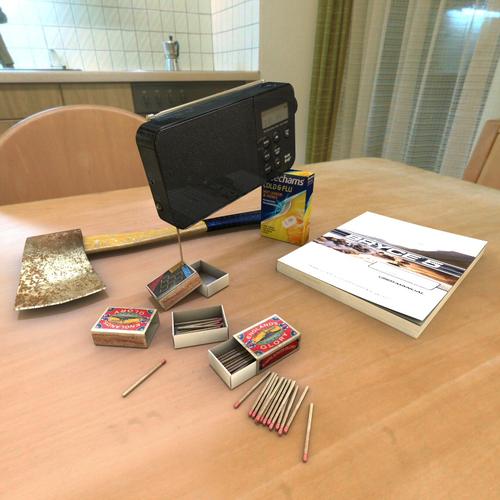


The camera can be held in one place for a single image, or sent on a trajectory with images being rendered at many locations.

A "camera object" unseen in the final image acted as the observer. The ability to animate a scene was added (in a stable form) with the cross-platform Bryce 3D (version 3.1) in 1997. Bryce 2.0 was also ported to the Windows platform, although the first stable version, 2.1, was not released until 1997. These included independent light sources, complex atmospheric effects, the addition of primitive forms with Boolean methods to combine them, and a revamped Texture Editor. The first commercial version, Bryce 1.0, appeared in 1994 for the Macintosh.īryce 2.0, shipped in 1996, included much beyond the original notion of creating a realistic mountain range. Wenger later met and worked with software artist Kai Krause to design a basic user interface. An initial set of fractal based programs were developed by Ken Musgrave (who later created MojoWorld) a student of Benoît Mandelbrot, and extended by Eric Wenger. The original Bryce software arose from work with fractal geometry to create realistic computer images of mountain ranges and coastlines. The name is taken from Bryce Canyon – a rugged region with many of the same landscapes that were first simulated with the software. Bryce is a texture-based rendering and ray tracing program ideal for creating 3D landscapes, space scenes, buildings and other objects.


 0 kommentar(er)
0 kommentar(er)
